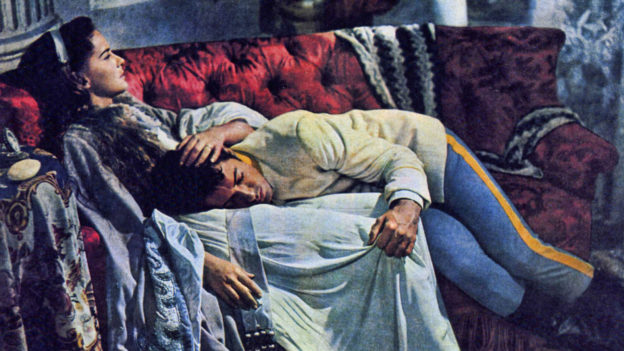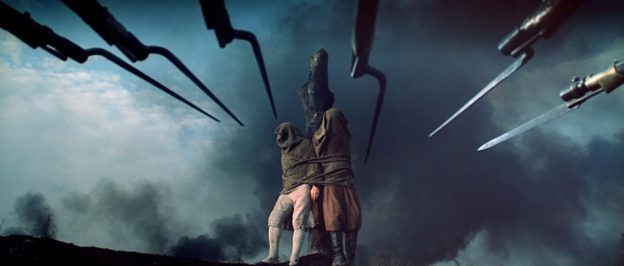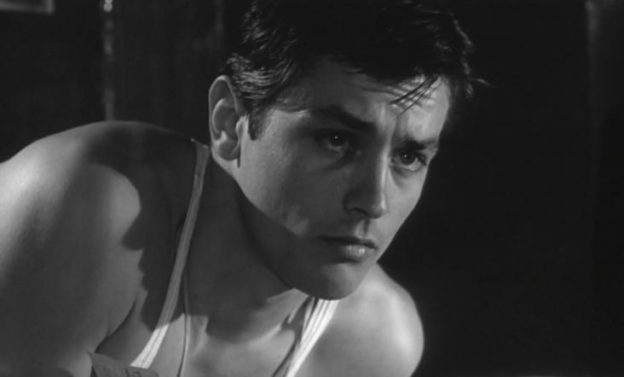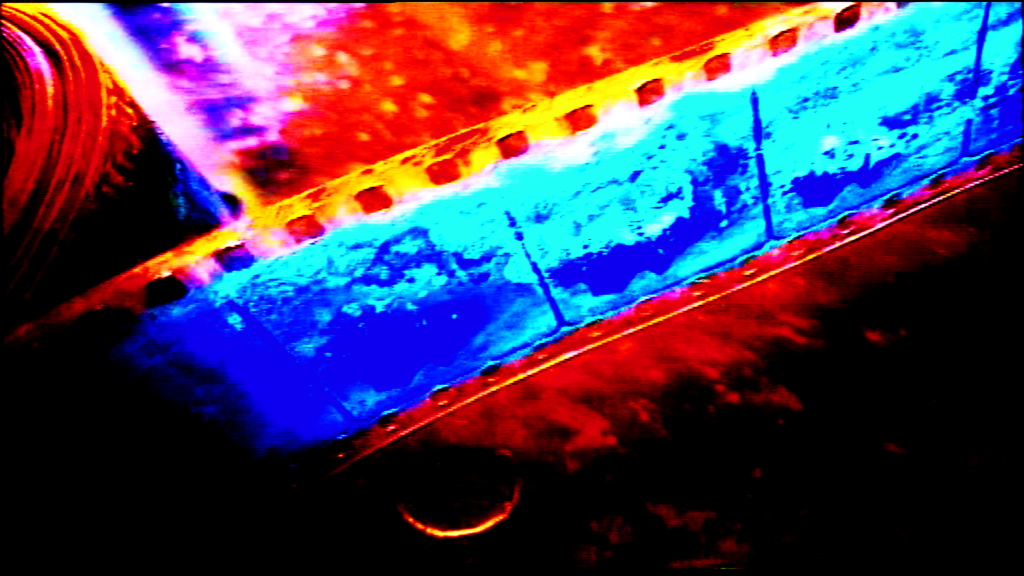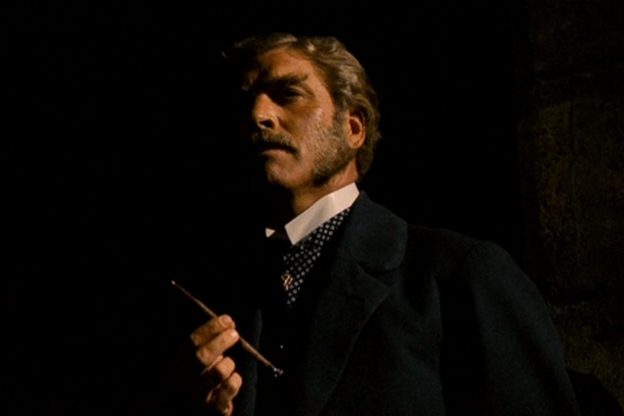The final week of the American Cinematheque’s Luchino Visconti retrospective begins with a rare double bill: SENSO (1954)—screening in a 4K DCP—and SANDRA (1965).

With SENSO—unseen on the big screen in Los Angeles for nearly ten years—Visconti took a decisive step away from neorealism. His first feature in color—a gorgeous palette of fiery reds and pastel blues—SENSO opens in an opera house, a reflection of the grand musical and theatrical productions Visconti directed in Rome and Paris in the 1950s.

Alida Valli and Farley Granger were not the director’s first choices for the roles of the Countess and the Lieutenant—Callas, Ingrid Bergman, and Brando were all in negotiation—but the leads give two of their greatest performances in this extraordinarily lush tale of irredeemable character and unrequited love.

SANDRA extends the mood of aristocratic decline defined by Visconti’s previous film The Leopard. Featuring Claudia Cardinale and Jean Sorel in their prime, this elegant film noir of ghosts, betrayals, and revenge is the director’s take on Electra, as summarized by the poster tagline below.

Thursday, March 28, at 7:30 pm.
Aero Theatre
1328 Montana Avenue, Santa Monica.

From top: Alida Valli and Farley Granger in Senso (2); Valli; Count Luchino Visconti di Modrone—in playboy mode, just before Chanel introduced him to Jean Renoir, for whom Visconti worked as an assistant director in the late 1930s—photographed in Tunisia in 1935 by his close friend Horst; Visconti and Claudia Cardinale on set, Sandra; film poster courtesy Vides; Jean Sorel and Cardinale as brother and sister, Sandra.


